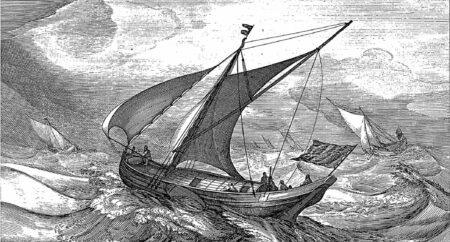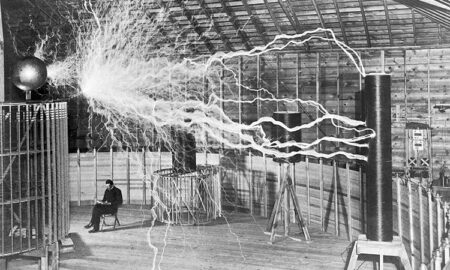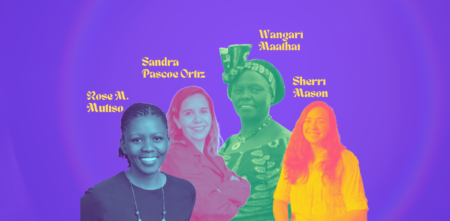Kumēia meets Swiss skills-based learning teacher Annika Gotti
Annika began her classroom career shortly after graduating from Pädagogische Hochschule FHNW. For the last five years she has taught at a middle school, working with children between the ages of ten and twelve years old. She has a passion for educational board games and shares tips for young teachers in an online diary – follow her on Instagram @inhas_classroom.

In the interview we discuss:
- The Churer model (a new skills-based learning concept)
- Climate education for kids
- Board game learning
Churer model
I understand that many schools in Switzerland have adopted a new teaching method called the Churer model. Are you aware of it and how do the students react to this skills-based approach?
Annika – Yes I am aware of it, my whole school teaches according to the Churer model of Reto Thöny. The students have responded very well to this approach. For our students this teaching method is now normal and part of their routine. I believe that they are more comfortable with learning in line with their own abilities.
We plan the lessons on two or three different levels so that all the students can get involved regardless of their attainment level. Also, we make sure that the children learn in a very self- determined and independent way. This is not easy for some children as they have to take more responsibility for their own learning. However, they will develop valuable skills and strategies for their future, such as organising themselves and solving problems.
The children enjoy the fact that they are allowed to make certain decisions for themselves, such as choosing where to sit during individual learning time or deciding which difficulty level they feel happy with. We support them in this and reflect on the day’s activities so that they understand their progress
How might you conduct a lesson using the Churer Model?
Annika – I usually start a lesson with the students sitting in a circle. From there I present the topic to the children. We exchange ideas, arrange pictures or solve a short task together. Afterwards, I let the children work independently. I offer them different tasks with different levels of difficulty.
At the end of the lesson, we meet again in the circle and conclude the lesson together. Sometimes I use the “Exit Ticket” method – I ask a question about the lesson topic and each child writes an answer on a piece of paper and sticks it on the board. This way I can see at a glance what the children have learned.
The Churer model classroom is set up in a unique way. Do you have any tips for organising this type of classroom?

Annika – I think the most important thing is that the classroom has a fixed layout. For me, this means that the children’s materials are easily accessible and do not constantly change places. The children need to know where everything is. Only then can they work independently. In addition, the teaching materials should not all be in one place, in order to avoid the children standing in one big group. This way there is no chaos. I also use a colour for each subject, which helps the children organise themselves.



How do classroom rules change with the Churer Model?
Annika – Actually, the rules do not change. Some teachers are under the impression that it is much more difficult to manage the class when teaching through the Churer model. This is not true. When you change your teaching method to the Churer model, you can see whether a teacher’s classroom management is working well or not. It is important that the teacher is consistent and communicates a lot with the children.
For example, choosing a seat independently is very difficult for some children. Some prefer to sit next to a close friend and may not be able to concentrate well because of this. In this situation, I talk with the child and support them to reflect on themselves and find a solution.
If you want to learn more about the Churer model, check out our article on skills-based learning and the best ways to teach kids about the climate crisis – follow the link.
Climate education
Does your school teach students about the climate crisis? If yes, is this common across Switzerland?
Annika – Unfortunately, the climate crisis is not a specific requirement of the curriculum. So if we want to talk about it during lessons we need to incorporate the theme into other topics such as the weather. In our school most of the teachers talk about the climate crisis, some teachers also do whole lessons about it. I actually don’t know If this is common across Switzerland.
I remember teaching lessons on climate change at the start of my career. Back then I had to make all the materials by myself because there weren’t any teaching aids or books for the children to refer to. A couple years after that, with my new class, I taught the topic again and suddenly I was able to find a lot of non-fiction books and teaching materials about it. Also a lot of teachers on Instagram shared their work and inspired other teachers to talk about it.
Can you tell us what methods you use to teach it?
Annika – Over the past couple of years I have talked with my class about the ocean and the animals which live in this habitat. Usually I will show them pictures about the current state of the ocean and the dangers of living in a damaged habitat, for example, turtles caught in fishing nets.
We discuss the pictures as a class and I ask the students to explain why they think the ocean is in this state. Then I might give the students a task to find out what the problems are and what we can do to solve them. In one lesson I made the children research the topic by themselves and design a flip book with all the facts they found interesting.
I like to give students tasks where they can work independently, so that they can learn at their own speed. I’m only there to help them and give them guidance if they ask for it. At the end of the lesson, the students know more than if they simply listened to me explaining and presenting information.
I also incorporate sustainability into other lessons. For example, when we were looking at the topic of forests, and talking about all the different species of trees, I explained how paper is made out of wood. We even made sheets of paper ourselves, and then this led to a discussion about deforestation. During a lesson about digestion and the food pyramid we talked about the food miles of each of the student’s favourite meals.
Board game learning
Do you use games as part of your learning strategy?
Annika – I integrate a board game into my lessons almost every week. I call it “the game of the week”. I am convinced that the children learn an incredible amount through playing. Be it in a technical or social context. Depending on the game, different competences are promoted that are useful for curriculum lessons and everyday life. For example, logical thinking, the ability to cooperate and the ability to deal with frustration are just some of the skills that are learnt during playtime.
Can you expand on this gamification approach and tell us how it might be used to help kids learn about the climate?
Annika – Yes, you can use board games to impart knowledge on many topics. I actually own games that build an understanding of ecosystems and raise awareness of the climate crisis. Gaia Games develop extra games that encourage this. But there are also some games that have animals or the environment as a theme, with which you can get into the topic of climate change and talk with the students about it.
Children learn best through play, so board games are a good approach to discuss all kinds of topics with them. Older pupils are also able to develop board games themselves. For example, they could be given a task of inventing a game about food miles or deforestation.
| Kids learn about how ecosystems work, including the threats and dangers posed by climate change. https://www.gaiagames.de/produkt/ecogon-english/ |
There are not many teachers who play regularly with their students. That’s why, in addition to my daily school life, I also share my favourite games for the classroom on my Instagram channel @inhas_classroom. I hope I can inspire some of my colleagues to start gaming with their students.
Apart from @inhas_classroom, what are some social media accounts you need to follow for useful teaching resources for primary and middle schoolers?
- For fun and educational classroom games, follow – Kim @primarschuleulchenhttps: //www.instagram.com/p/CflCD_ZMtRj/
- For engaging lesson plans on many topics including nature, follow – Michi @doodleteacher: https://www.instagram.com/p/CYmO8jgFL5N/
- For more teaching aids and lesson plans on topics ranging from food groups to the world’s animal, follow – @rosarotesklassenzimmer: https://www.instagram.com/p/Cf_uZDZMK0T/






